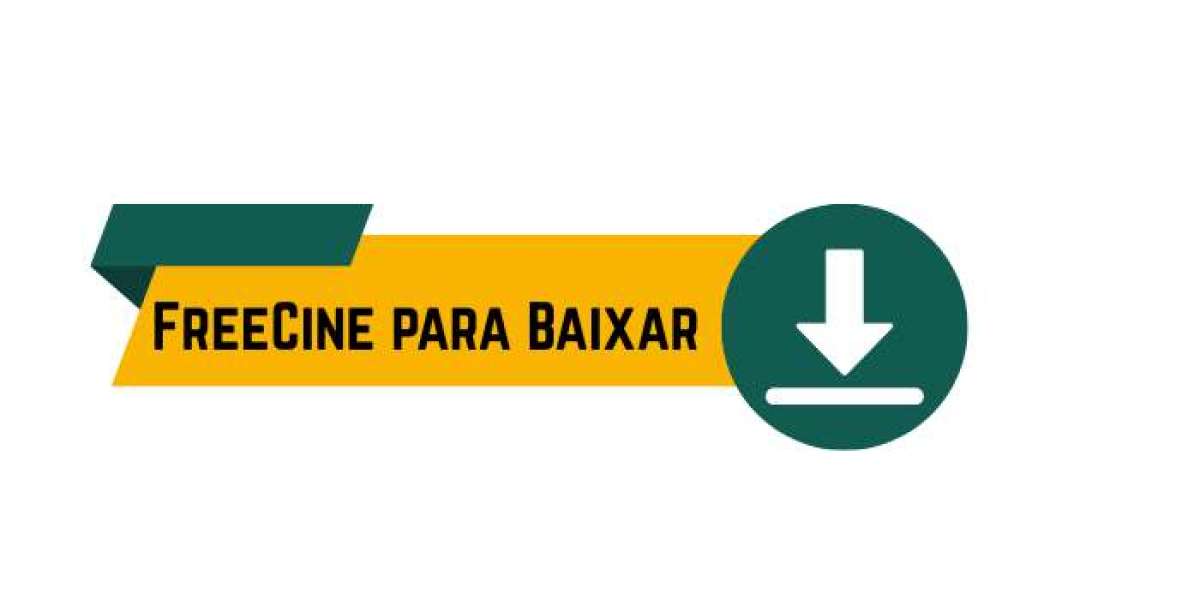Taking care of your dental health is essential, but the costs of treatments, procedures, and checkups can add up quickly. The good news is that certain dental expenses are tax-deductible, helping you save money while maintaining your oral health. Understanding the IRS guidelines and how to claim these deductions can make a significant difference during tax season.
In this guide, we’ll explore which dental expenses qualify for tax deductions, how to claim them, and important factors to consider.
What Dental Expenses Are Tax-Deductible?
The IRS allows deductions for certain medical and dental expenses, provided they meet specific criteria. To qualify, your total medical and dental expenses must exceed 7.5% of your adjusted gross income (AGI) for the tax year. If your expenses surpass this threshold, you may be eligible to deduct the amount that exceeds the limit.
Eligible Tax-Deductible Dental Expenses
1. Routine Checkups & Cleanings – Regular dental exams, cleanings, and preventive care are deductible.
2. Fillings, Crowns & Bridges – Restorative procedures needed to maintain dental function.
3. Braces & Orthodontic Treatments – Costs related to braces, retainers, and aligners for medical necessity.
4. Root Canals & Extractions – Procedures required for maintaining oral health.
5. Dentures & Implants – Replacement of missing teeth with dentures or dental implants.
6. Gum Treatments & Periodontal Care – Expenses related to treating gum disease and infections.
7. Surgery & Specialized Dental Care – Oral surgeries and advanced dental procedures prescribed by a dentist.
What Dental Expenses Are NOT Tax-Deductible?
While many necessary dental treatments qualify for tax deductions, the IRS does not allow deductions for purely cosmetic procedures.
Non-Deductible Dental Expenses
1. Teeth Whitening – Considered cosmetic, not medically necessary.
2. Veneers & Cosmetic Bonding – Only deductible if medically required.
3. Non-Prescription Oral Care Products – Toothpaste, floss, and over-the-counter mouthwash.
4. Elective Cosmetic Procedures – Any dental treatment performed solely for aesthetic reasons.
How to Claim Dental Expense Deductions?
To take advantage of these tax deductions, follow these steps:
Step 1: Keep Track of All Medical and Dental Expenses
Maintain detailed records of all dental bills, receipts, and payment statements throughout the year.
Step 2: Determine If You Qualify for the Deduction
Calculate your total medical and dental expenses and compare them to 7.5% of your AGI to see if you meet the threshold.
Step 3: Use Schedule A (Form 1040) for Itemized Deductions
To claim dental deductions, you must file an itemized tax return using Schedule A of Form 1040 instead of taking the standard deduction.
Step 4: Consult a Tax Professional
A tax expert can help you maximize your deductions while ensuring you meet IRS requirements.
Can You Deduct Dental Insurance Premiums?
Yes! If you pay for dental insurance premiums out-of-pocket (not through an employer-sponsored plan), they may be included in your medical and dental expense deductions. However, employer-provided dental benefits that are pre-taxed are not deductible.
Tax Tips to Maximize Savings on Dental Expenses
1. Plan Expensive Procedures Strategically – If you anticipate high dental costs, consider scheduling treatments within the same tax year to maximize deductions.
2. Use a Health Savings Account (HSA) or Flexible Spending Account (FSA) – These accounts let you use pre-tax dollars for eligible dental expenses.
3. Track Transportation Costs – Travel expenses related to necessary dental care, such as mileage, tolls, or parking fees, may also be deductible.
Final Thoughts
Understanding which dental expenses are tax-deductible can help you reduce your taxable income and effectively manage your dental care costs. If your total medical and dental expenses exceed 7.5% of your AGI, you could qualify for valuable tax deductions. Keeping detailed records, consulting a tax professional, and utilizing HSAs or FSAs are smart strategies to maximize your savings on dental treatments.
For expert dental care that keeps your oral health in top shape, visit a trusted dental provider such as Charm Dental and stay proactive with regular checkups.



